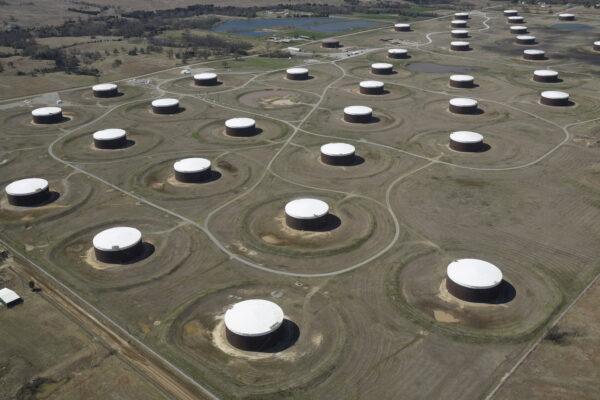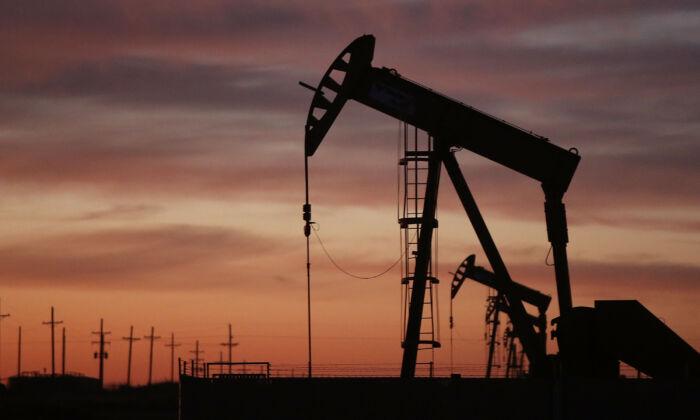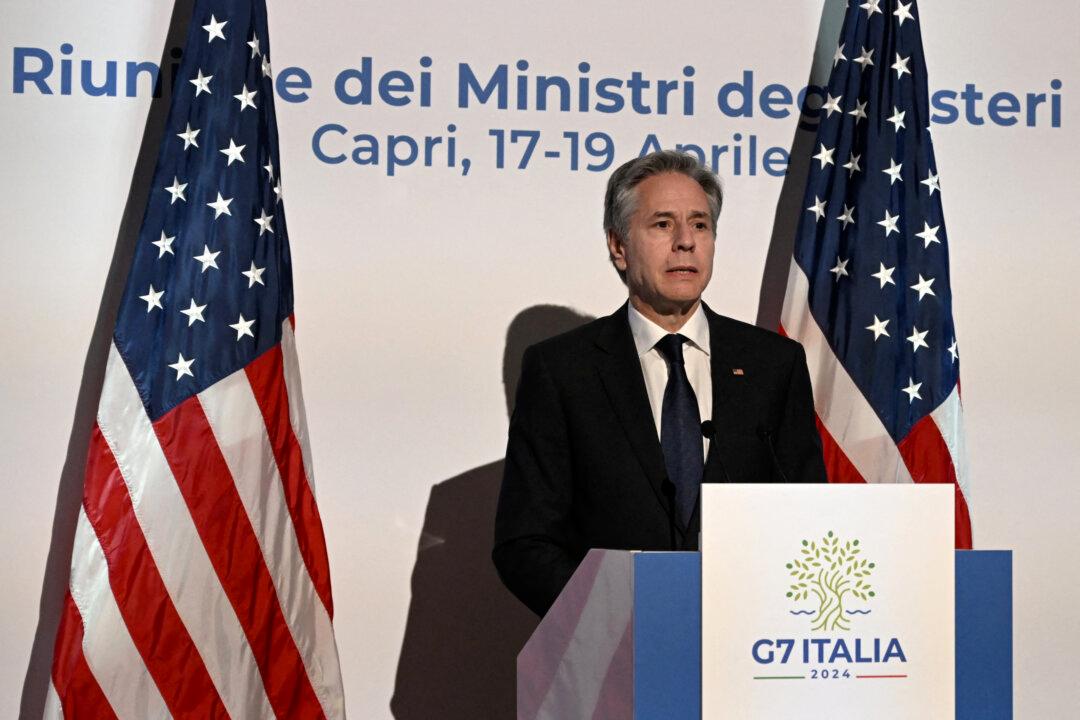In the week ending on June 17, crude stockpiles fell by 386,000 barrels, falling short of the market estimate of a 569,000-barrel decline. The EIA further reported that oil stocks fell by 2.762 million in the week ending on June 24.
The EIA released two weeks of data after it had reported “voltage irregularity” systems issues and warned of an indefinite delay until the matter had been resolved.
The weekly storage report confirmed that inventories at the Cushing, Oklahoma, storage facility tumbled by 572,000 barrels (June 17) and 782,000 barrels (June 24).
The EIA confirmed a more than 4 million-barrel build in gasoline supplies, while gasoline production dropped by about 400,000 barrels during this two-week period.

Distillate stocks, which include diesel, rose by nearly 2.7 million barrels. Distillate fuel output advanced by close to 200,000 barrels.
Despite the larger-than-expected withdrawals, energy commodities turned negative, erasing their gains from earlier in the midweek trading session.
August West Texas Intermediate (WTI) crude futures dipped by about 0.7 percent to fall below $111 per barrel on the New York Mercantile Exchange. The September contract for Brent, the international benchmark for oil prices, also slid by roughly 0.2 percent to below $114 on London’s ICE Futures exchange. August RBOB gasoline futures plunged by more than 4 percent to $3.68 per gallon, while heating oil futures shed 2.7 percent to $4 per gallon.
Both WTI and Brent prices are on track for a monthly loss of about 3 percent. However, they’re still up by 47 percent year-to-date. Crude had come under pressure earlier this month on growing recession fears, with concerns that an economic downturn would reduce demand. But investors turned their attention to tight global supplies, with political unrest in Ecuador and Libya adding to widening pressures.
Speaking on the sidelines of the Group of Seven (G-7) summit, French President Emmanuel Macron told U.S. President Joe Biden that the United Arab Emirates is operating at maximum crude production capacity. He also revealed to his U.S. counterpart that “the Saudis can increase a little bit.”
Market analysts think that world leaders are attempting to nudge the White House to reverse its anti-fossil fuel agenda in an environment of soaring energy prices.
Biden is scheduled to visit Saudi Arabia next month.
The Organization of the Petroleum Exporting Countries and its allies, OPEC+, will conclude their two-day policy meeting on June 30. Reports suggest that the cartel is unlikely to announce a big policy change this month as many of these oil-producing countries fall behind on their supply targets.
The G-7 also revealed that it has agreed to pursue price limits on Russian oil as part of its broader campaign to “impose severe and immediate economic costs” on Moscow for its war in Ukraine.
“We invite all [like-minded] countries to consider joining us in our actions,” the statement reads. “We reaffirm our commitment to phase out our dependency on Russian energy. In addition, we will explore further measures to prevent Russia from profiting from its war of aggression.”
In recent months, Russia has been accelerating its exports to China and India.
Looking ahead, investors will be monitoring the hurricane season. Earlier this month, forecasters announced that they expect five major storms this summer.
“The thing that people have to watch and is really insidious for inflation are the values for diesel and jet fuel. Stocks of those fuels are not building, they’re tight internationally, and that’s where we’re going to have to pay the piper in the last 100 days of the year,” said OPIS Global Head of Energy Analysis Tom Kloza.





